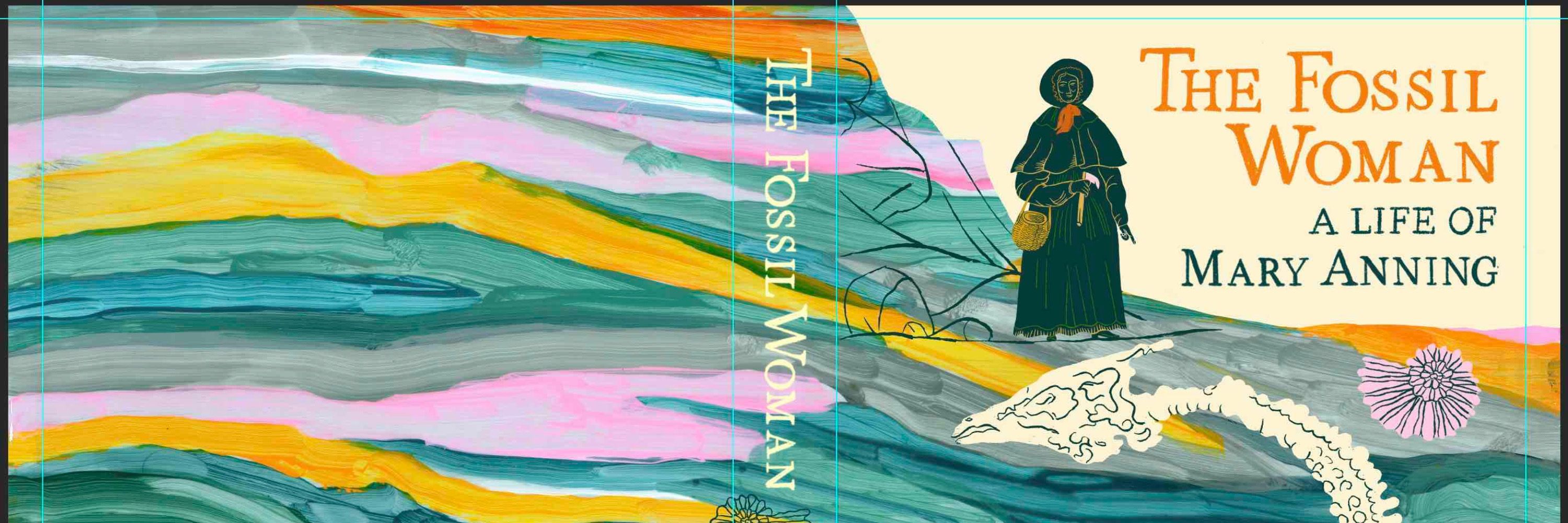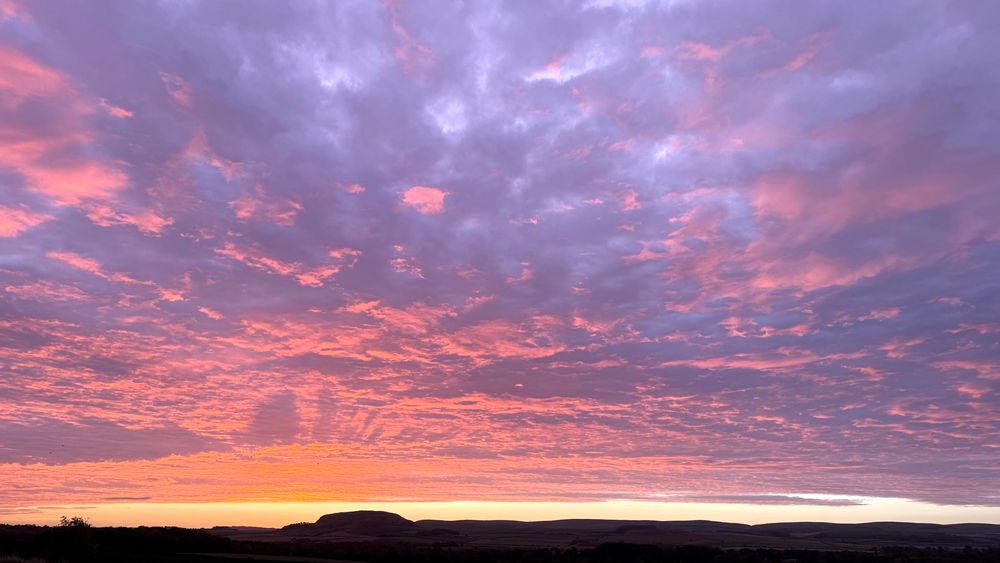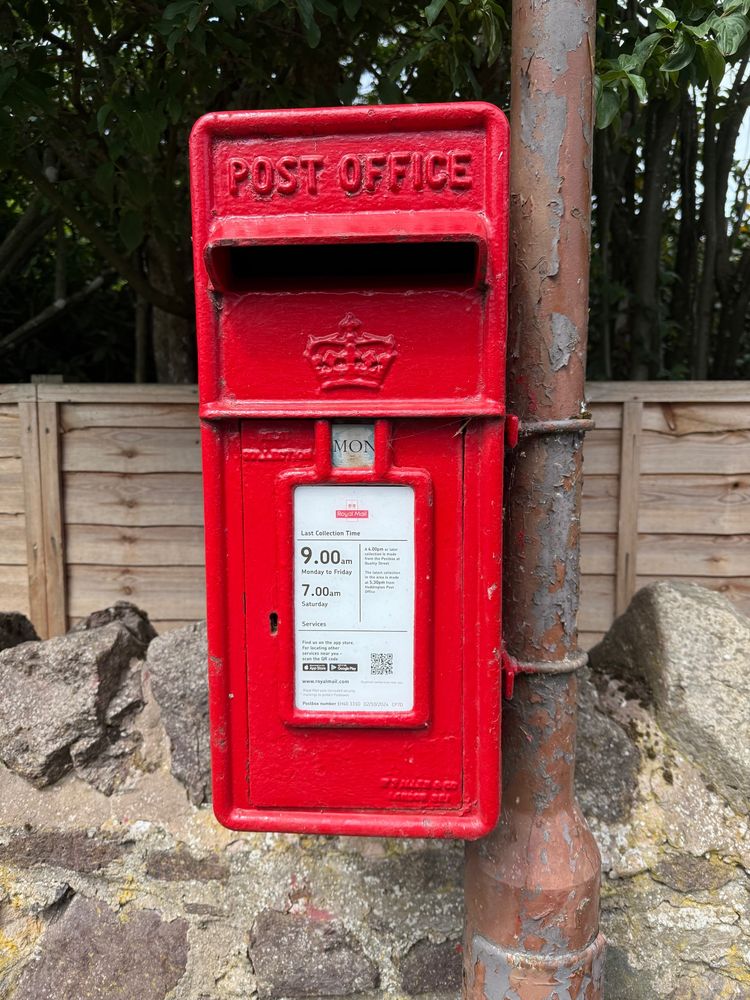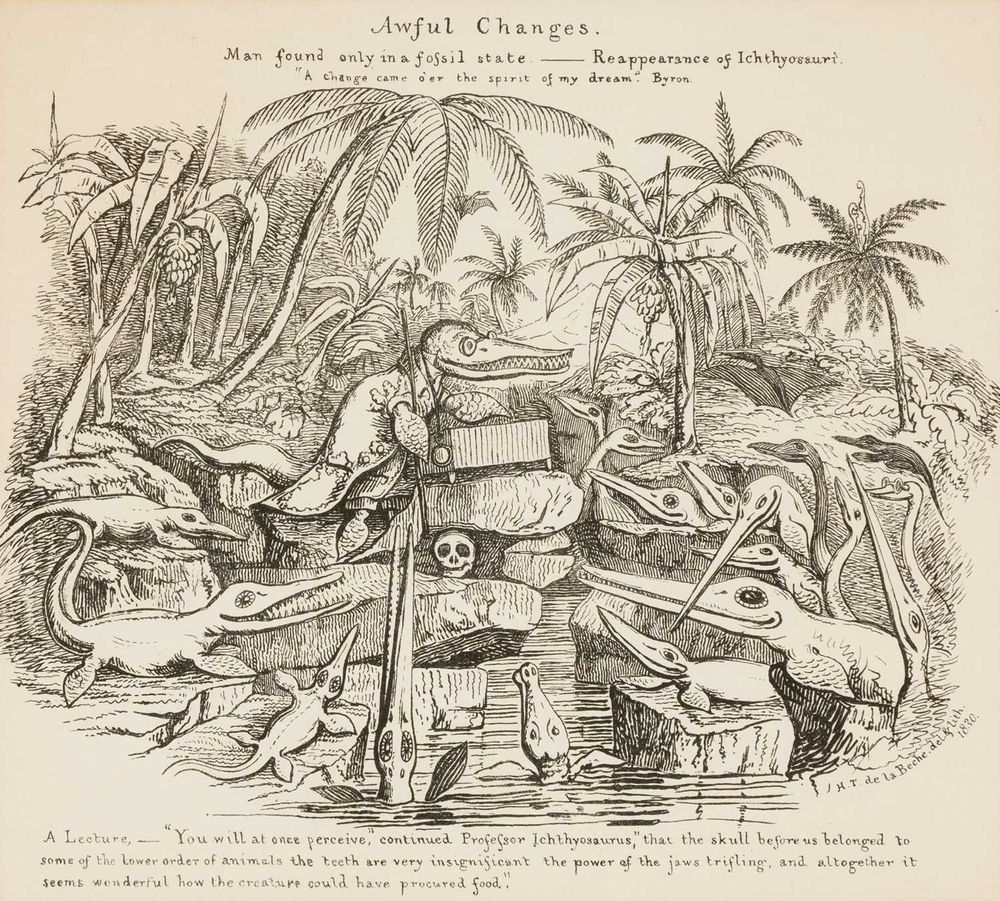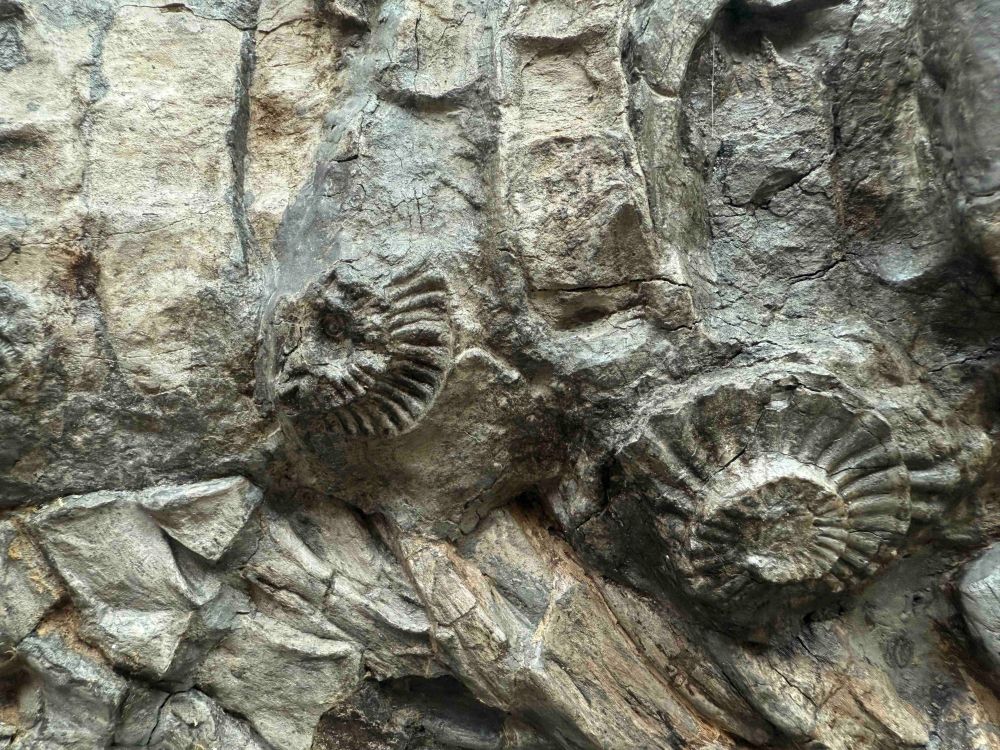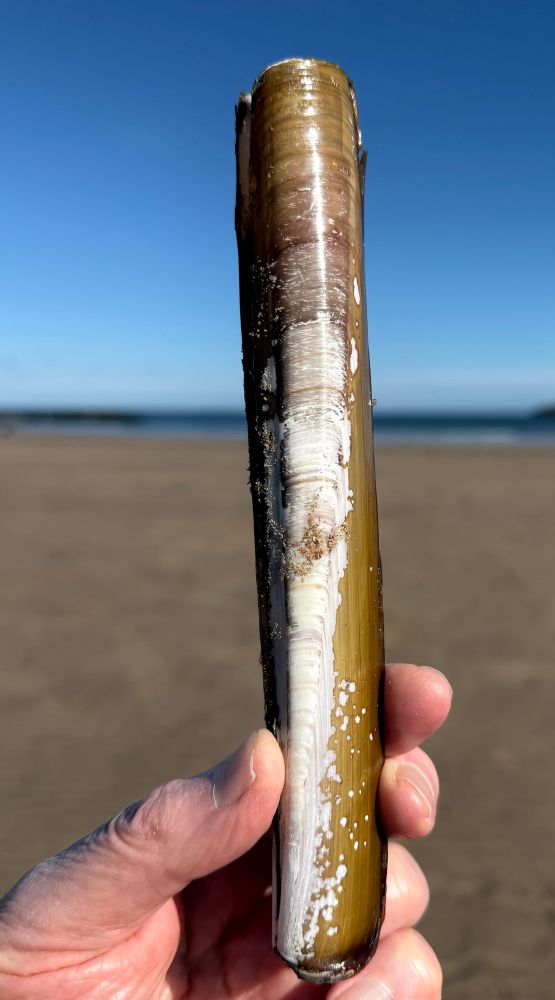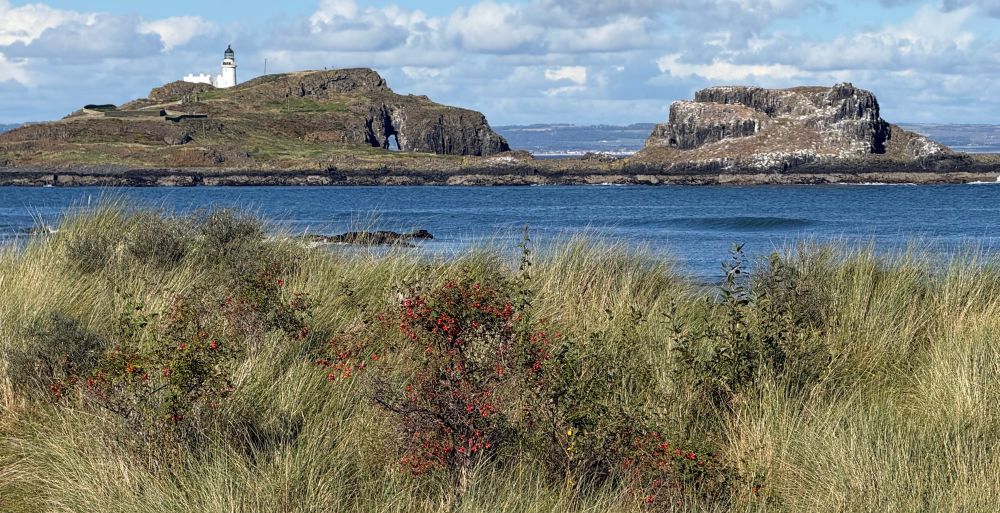Tom Sharpe
@tomsharperocks.bsky.social
1.3K followers
1.1K following
450 posts
Geologist, writes on the history of geology and palaeontology, especially in the late 18th–early 19th C, and on the history of geology in Antarctica. Patron Lyme Regis Museum. Author of THE FOSSIL WOMAN A LIFE OF MARY ANNING (Dovecote Press 2020).
Posts
Media
Videos
Starter Packs
